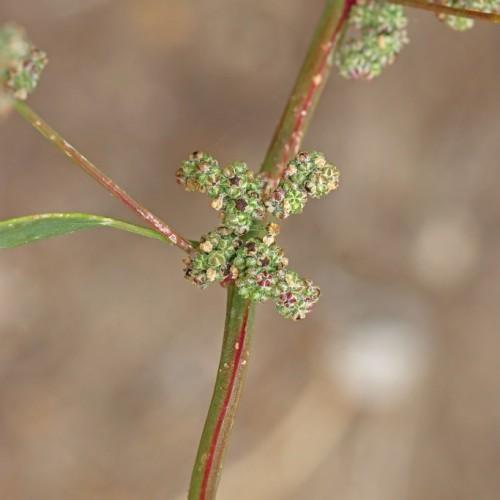
Fremont's Goosefoot
Chenopodium fremontii
Watering:
Average
Hardiness Zone:
Sun:
full sun,part shade
Fruits:
Fruits Ready In Fall
Leaf:
Yes
Growth Rate:
Low
Drought Tolerant:
Yes
Salt Tolerant:
Yes
Care Level:
Medium
watering
Figleaf Goosefoot does best when it is watered moderately and on a regular basis; about 1 inch of water per week. In hotter climates or during particularly dry weeks, you may find it necessary to water more frequently. The best way to ensure the Figleaf Goosefoot is properly watered is to check the soil. If the top inch of soil is dry, it’s time to water. Make sure you water until the soil is moist, but not soggy. Allow the soil to dry out slightly between waterings.
sunlight
Figleaf Goosefoot requires at least 6-8 hours of direct sunlight per day, especially during the growing season. Plant in an area that receives the most sun. Full sun is best but partial shade will be tolerated. Avoid heavy shade such as from large trees, as this may inhibit fruiting. Depending on your climate and garden situation, supplemental lighting may be needed for optimal production.
pruning
Figleaf Goosefoot (Chenopodium ficifolium) is best pruned in late winter or early spring when the plant is dormant. Pruning helps to control the size and shape of the plant, and can help to improve flowering. Pruning should be done to remove dead and damaged growth, as well as any overcrowded branches. Long stems can be cut back to the desired shape, although only 1-third of the branch should be removed in a single pruning session. If multiple pruning sessions are needed, be sure to leave at least 1-third of the branch remaining after each session in order to minimize damage to the plant.
